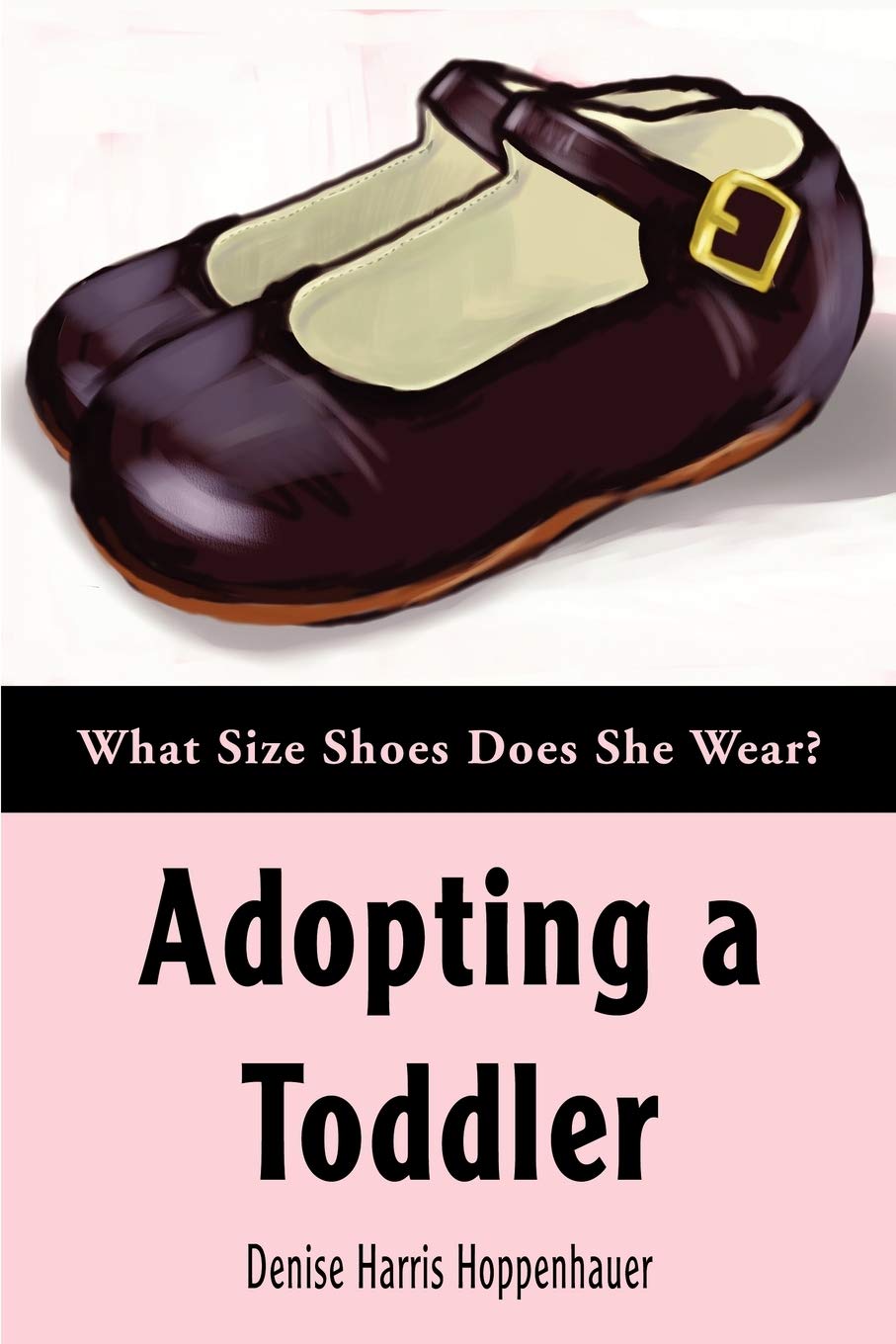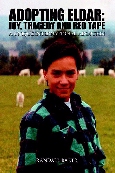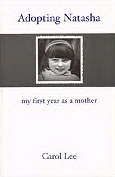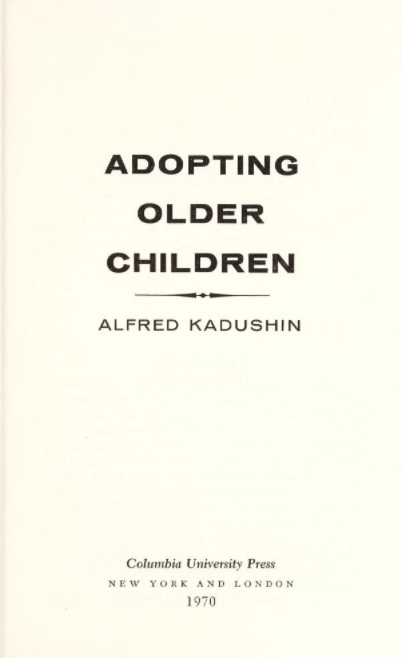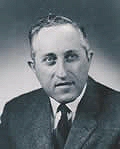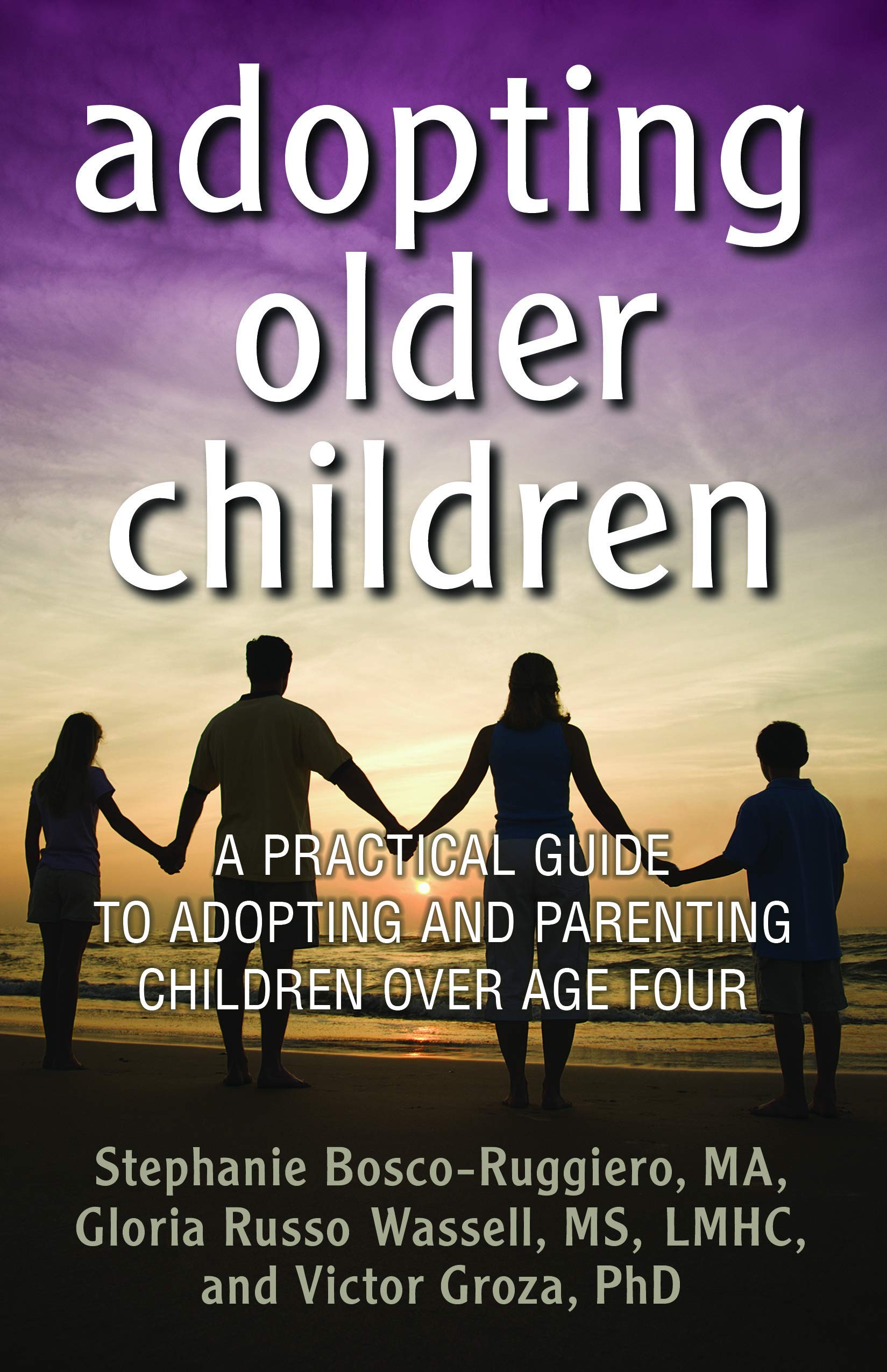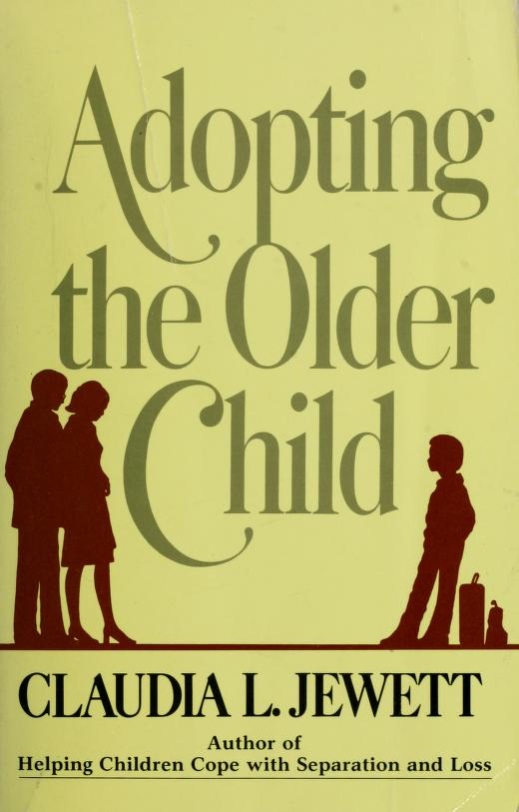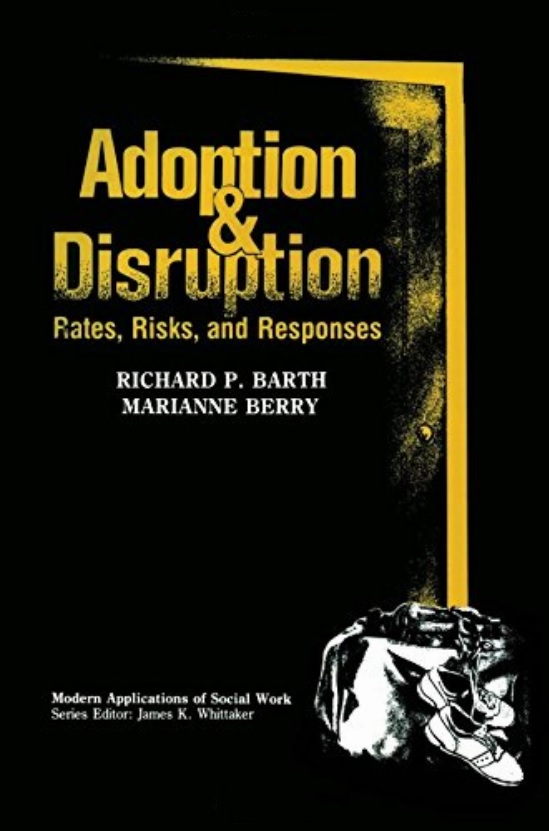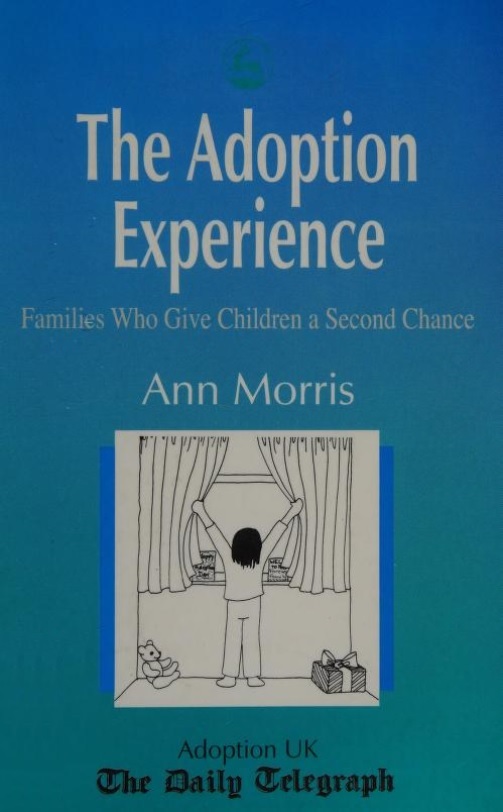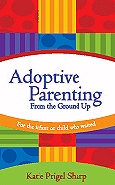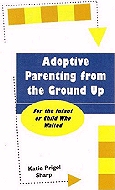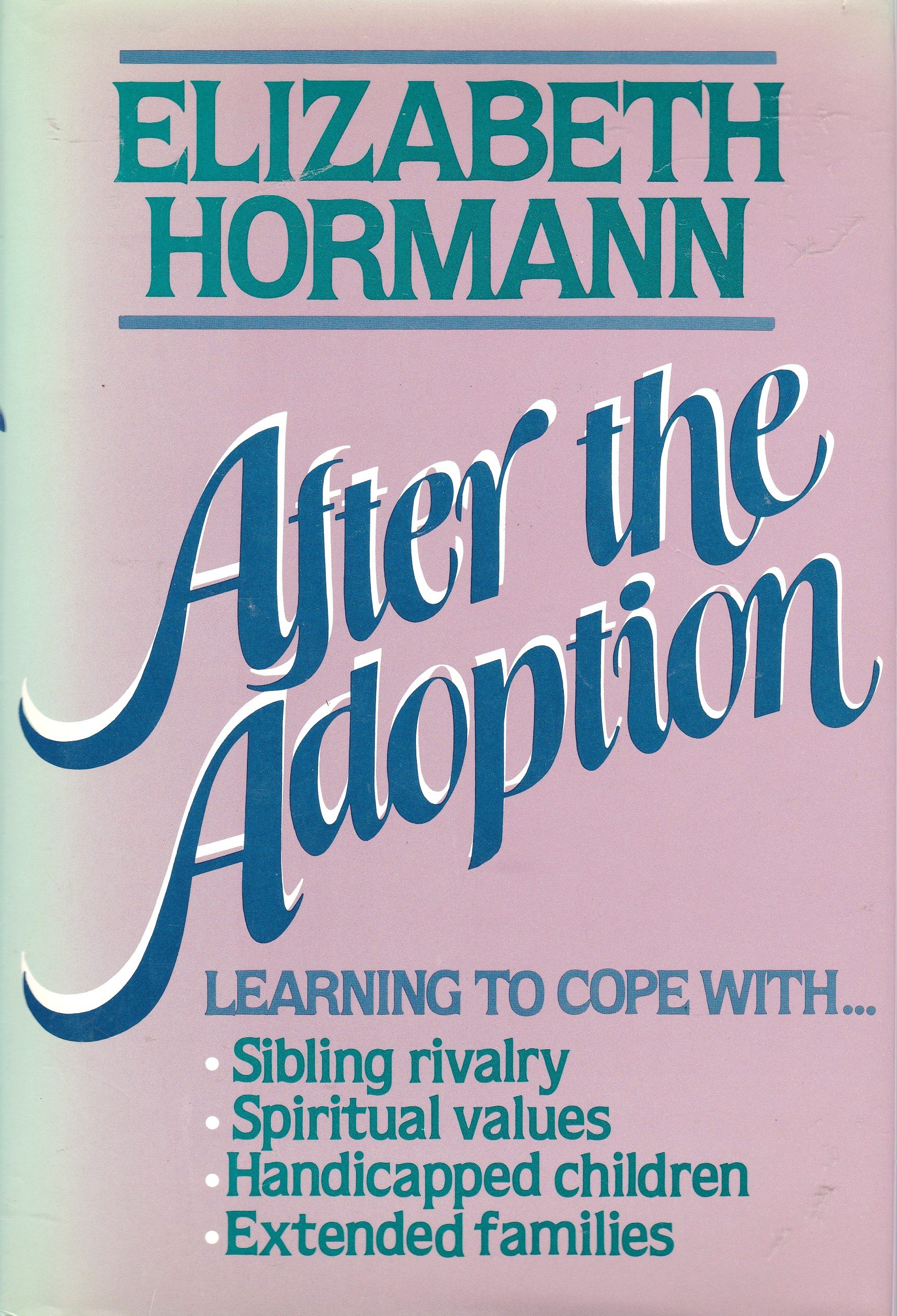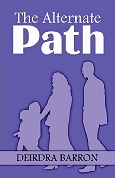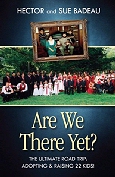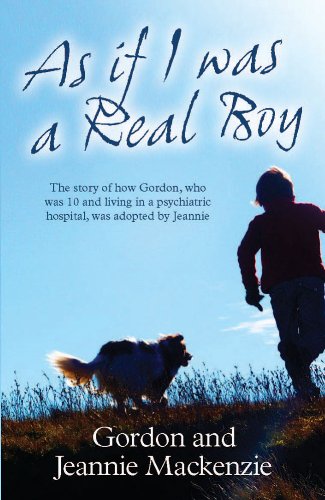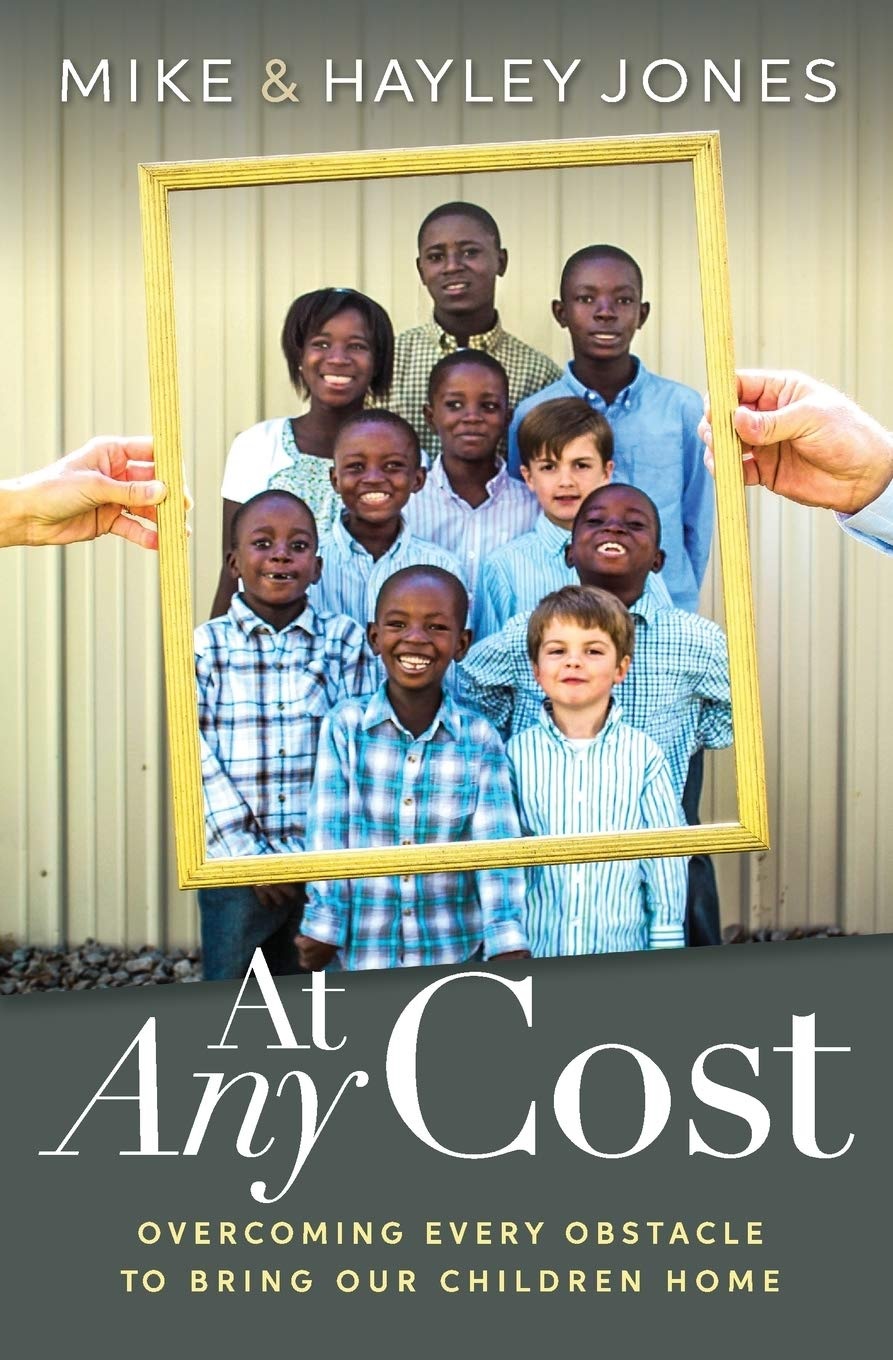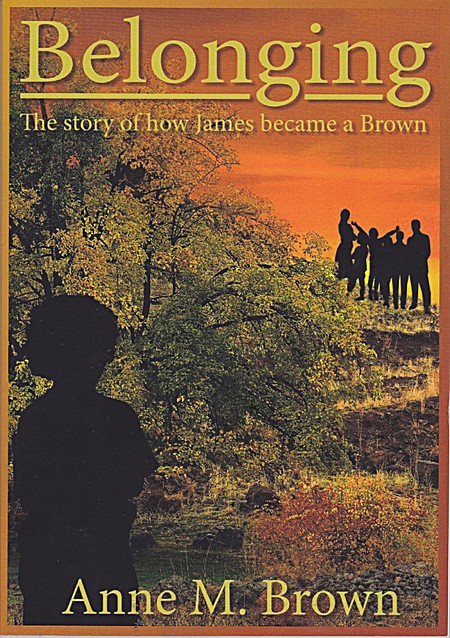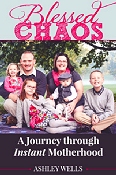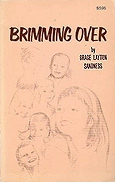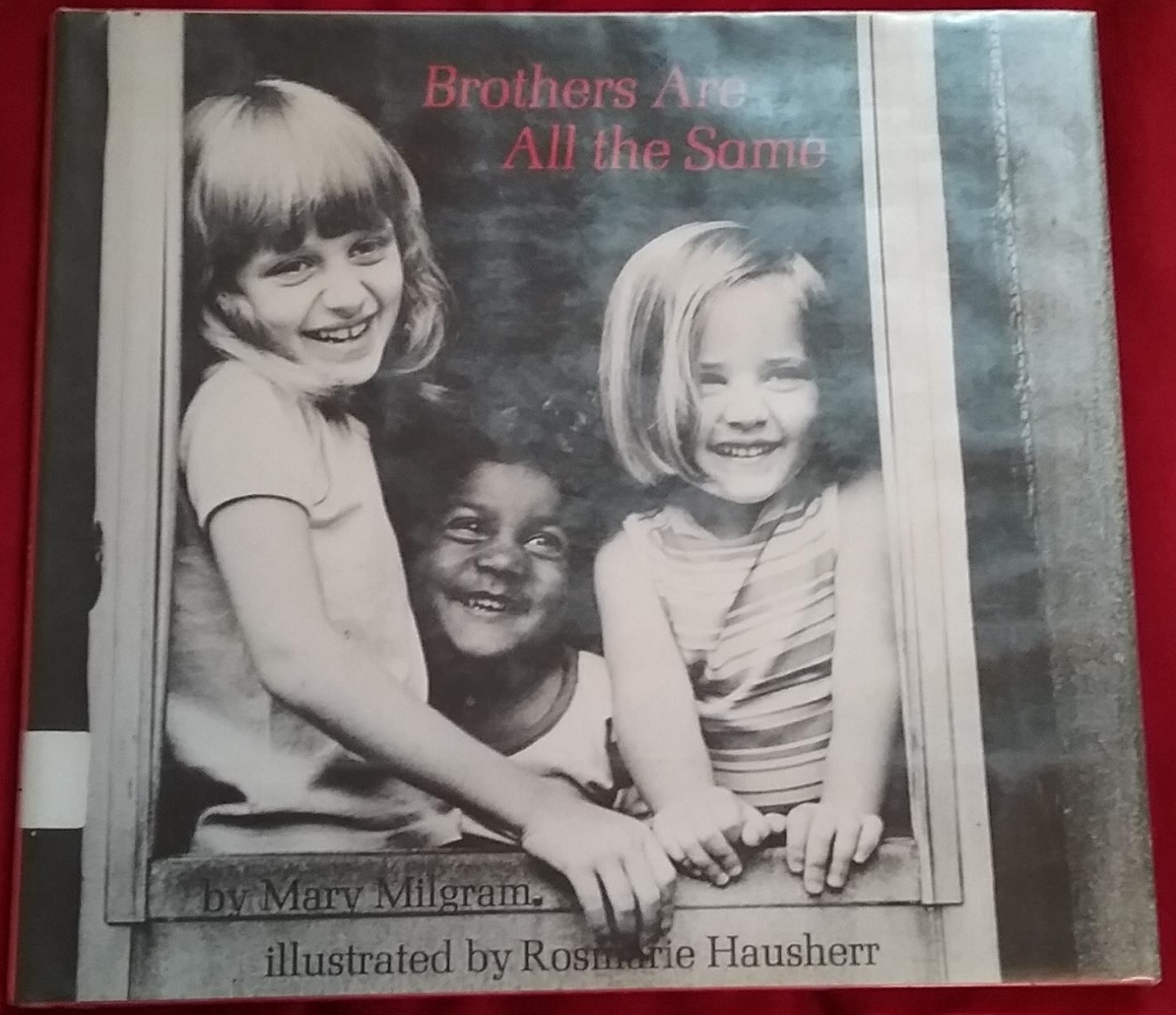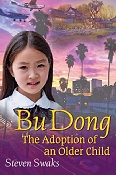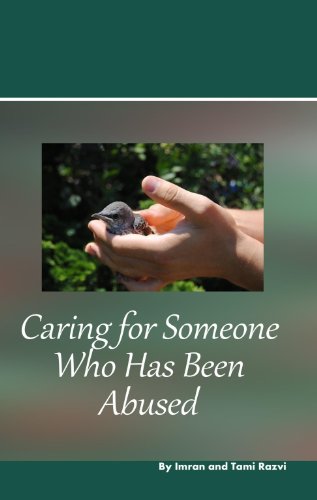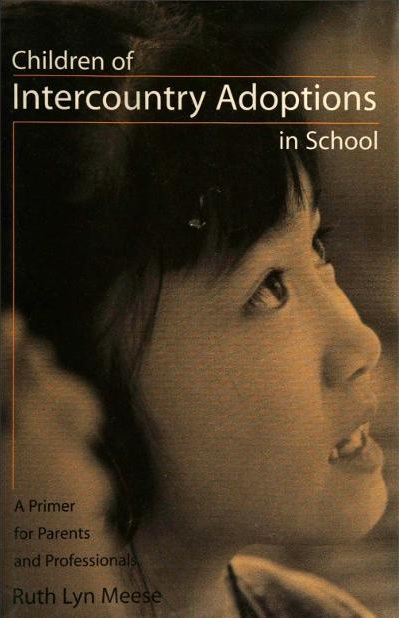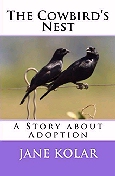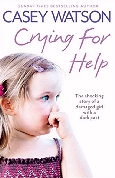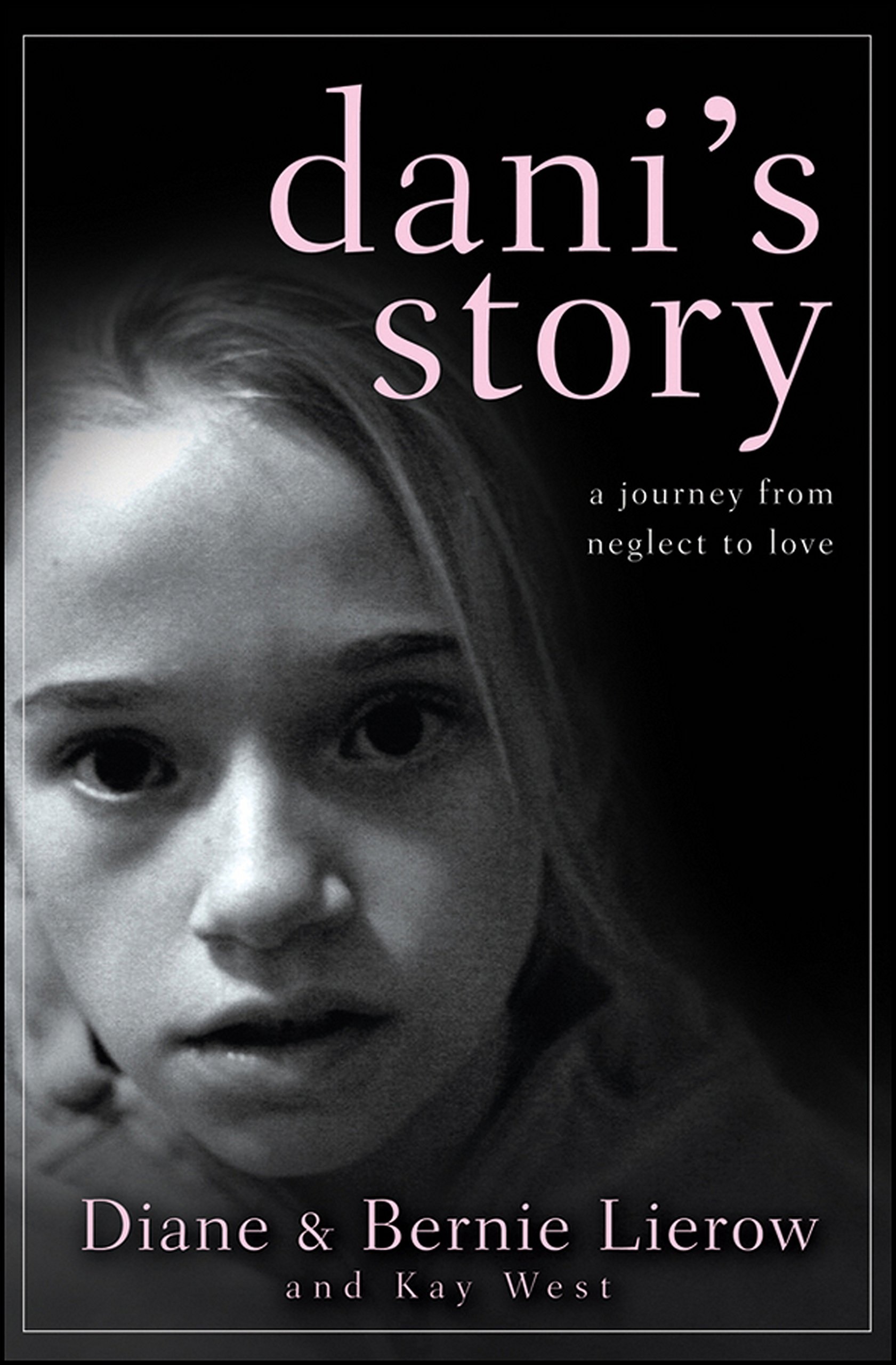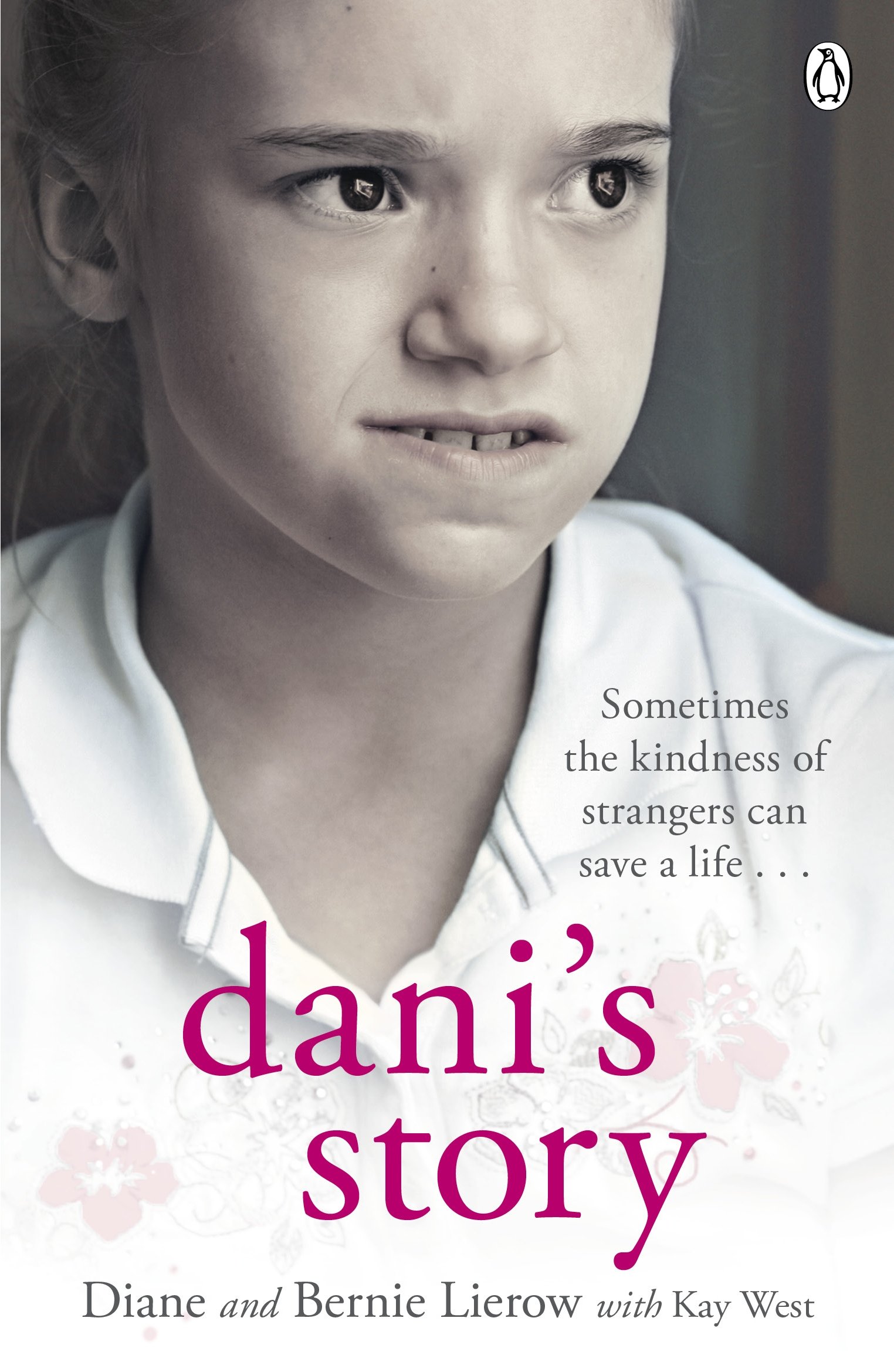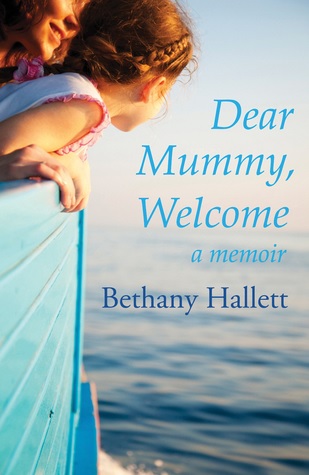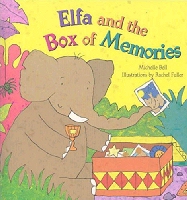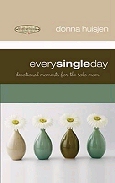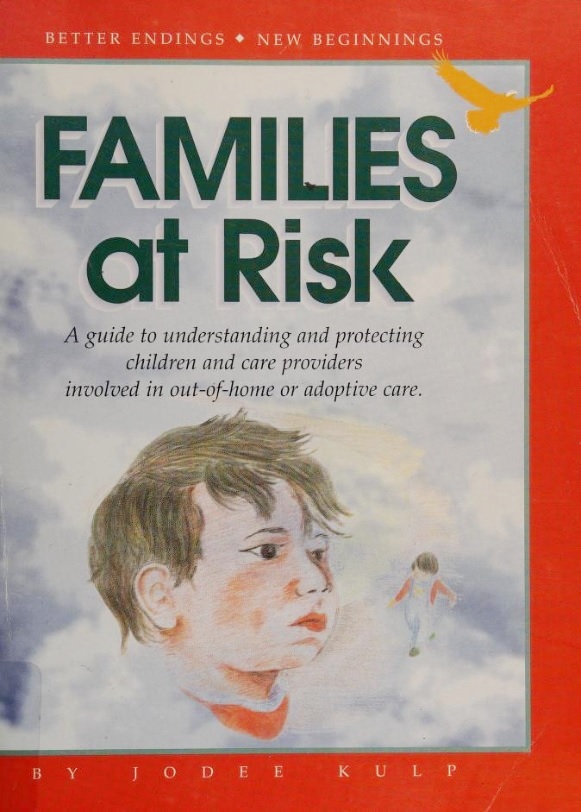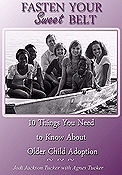From the Back Cover:
Are you thinking of adopting an older child? There are over 100,000 children hoping for families in the United States and more worldwide. Adopting an older child, though, can present a unique set of parenting issues as well as rewards.
Adopting Older Children highlights the most significant challenges when parenting older adoptees who face mental health, behavioral and educational issues. Included is critical information about developmental concerns, issues related to emerging sense of self, sexual orientation, cultural identity and other special needs that an adoptee may have. This will help prospective parents be aware of concerns that can arise for their adopted children and help parents deal with difficulties these children are facing.
Authors Bosco-Ruggiero, Russo Wassell and child welfare expert Groza deliver definitive techniques and strategies for adoptive parents and professionals:
» Navigating domestic and international adoption processes
» Coping with transition and family dynamics
» Educating others about adoption
» Preparing the family unit
» Understanding the background, personality and problems of your adopted child
» Acquiring critical resource information for prospective parents (including single, LBGT and older adoptive parents)
About the Author:
Stephanie Bosco-Ruggiero, M.A., is a Communications and Research Assistant for the National Center for Social Work Trauma Education and Workforce Development at the Fordham University Graduate School of Social Service. She resides in Wappingers Falls, New York.
Gloria Russo Wassell, M.S., L.M.H.C.,
is a nationally certified counselor and doctorial candidate in Educational and Developmental Psychology at Cornell University with a private practice specializing in child and adolescent development. She resides in Dover Plains, New York.
Victor Groza, Ph.D., L.I.S.W.-S.,
is a professor of Social Work at the Mandel School of Applied Social Sciences, Case Western Reserve University, Cleveland, Ohio, with an area of expertise in child welfare and institutional care of children, focusing on family, children and service system issues in domestic, older-child adoption and intercountry adoption. He is the author or co-author of numerous books and articles relating to child welfare and global adoption. Since 1991 he has been involved in various child welfare projects in Romania, India, Ukraine, Guatemala and Ethiopia. He resides in Cleveland, Ohio.
